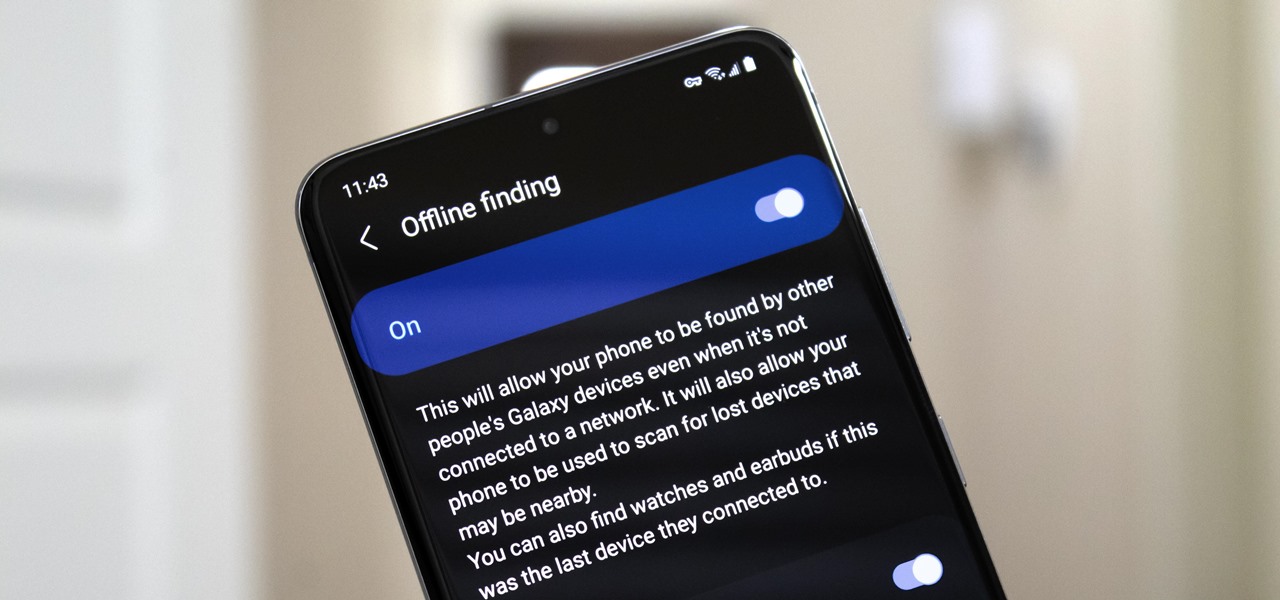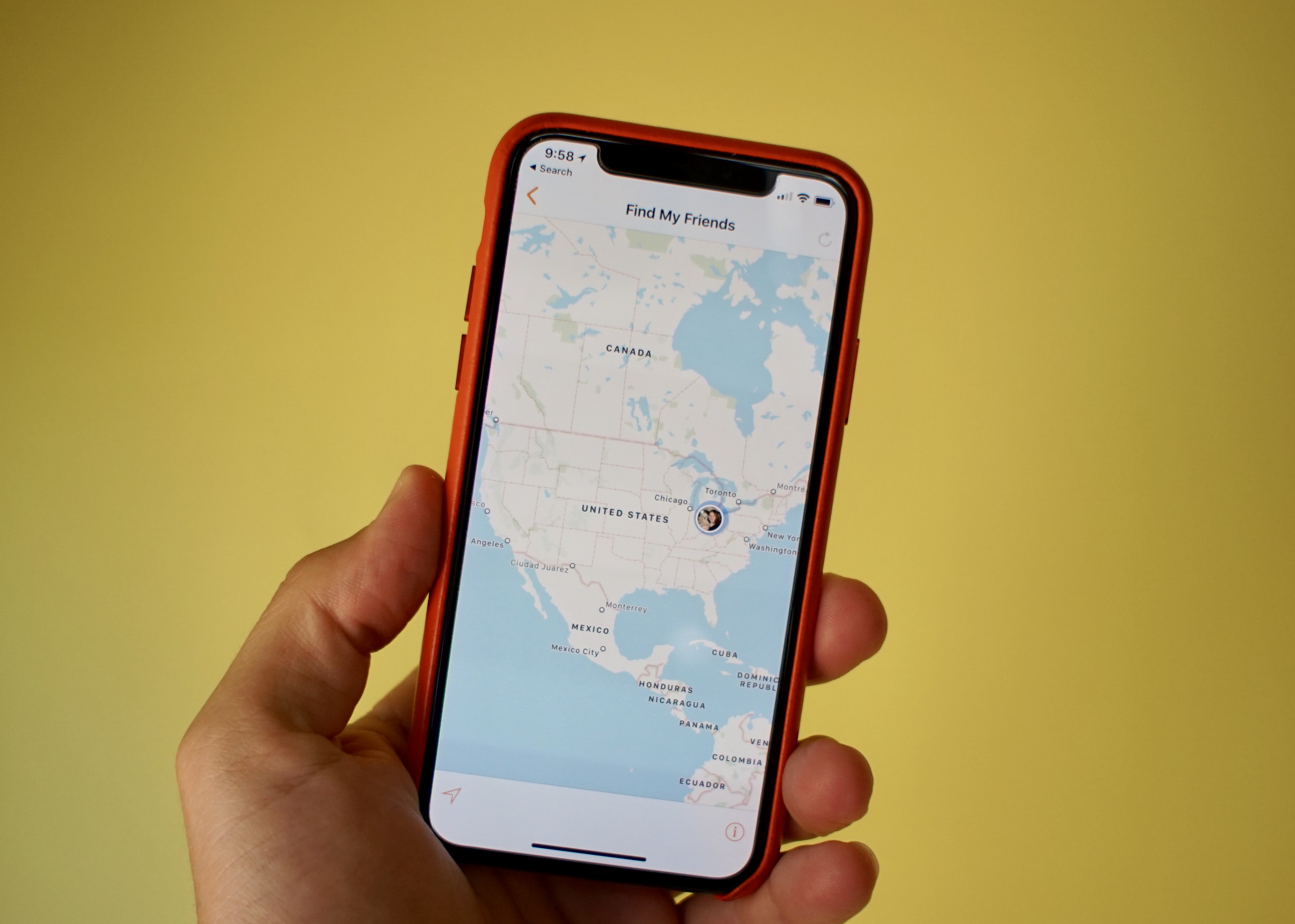Initially 11 channels were provided, but in an additional 12 channels were made available. Since only 11 or 12 channels were available for all users of the system within a given geographic area such as the metropolitan area around a large city , the IMTS system faced a high demand for a very limited channel resource. Moreover, each base-station antenna had to be located on a tall structure and had to transmit at high power in order to provide coverage throughout the entire service area.
Because of these high power requirements, all subscriber units in the IMTS system were motor-vehicle-based instruments that carried large storage batteries. AMPS was based on paired voice channels, spaced every 30 kilohertz in the megahertz region. The system employed an analog modulation approach— frequency modulation , or FM—and was designed from the outset to support subscriber units for use both in automobiles and by pedestrians. It was publicly introduced in Chicago in and was a success from the beginning.
At the end of the first year of service, there were a total of , AMPS subscribers throughout the United States; five years later there were more than 2,, In response to expected service shortages, the American cellular industry proposed several methods for increasing capacity without requiring additional spectrum allocations. In NAMPS systems each existing kilohertz voice channel was split into three kilohertz channels. A second approach, developed by a committee of the Telecommunications Industry Association TIA in , employed digital modulation and digital voice compression in conjunction with a time-division multiple access TDMA method ; this also permitted three new voice channels in place of one AMPS channel.
Finally, in there surfaced a third approach, developed originally by Qualcomm, Inc. This third approach used a form of spread spectrum multiple access known as code-division multiple access CDMA —a technique that, like the original TIA approach, combined digital voice compression with digital modulation.
Cell Phone To The Rescue - Plane & Pilot Magazine
For more information on the techniques of information compression, signal modulation, and multiple access, see telecommunications. All of these improved-capacity cellular systems were eventually deployed in the United States, but, since they were incompatible with one another, they supported rather than replaced the older AMPS standard. Although AMPS was the first cellular system to be developed, a Japanese system was the first cellular system to be deployed, in A number of other cellular systems were developed and deployed in many more countries in the following years.
All of them were incompatible with one another.
But what’s the risk?
In a group of government-owned public telephone bodies within the European Community announced the digital global system for mobile communications, referred to as GSM, the first such system that would permit any cellular user in one European country to operate in another European country with the same equipment. GSM soon became ubiquitous throughout Europe. Since the introduction of 2G cell phones, various enhancements have been made in order to provide data services and applications such as Internet browsing, two-way text messaging , still-image transmission, and mobile access by personal computers.
Supporting Internet access to selected Web sites, interactive games, information retrieval , and text messaging, iMode became extremely successful; within three years of its introduction, more than 35 million users in Japan had iMode-enabled cell phones. The 3G standards are based loosely on several attributes: the use of CDMA technology; the ability eventually to support three classes of users vehicle-based, pedestrian, and fixed ; and the ability to support voice, data, and multimedia services.
Soon 3G service was being offered by a number of different carriers in Japan, South Korea , the United States, and other countries. Several new types of service compatible with the higher data rates of 3G systems have become commercially available, including full-motion video transmission, image transmission, location-aware services through the use of global positioning system [GPS] technology , and high-rate data transmission. The increasing demands placed on mobile telephones to handle even more data than 3G could led to the development of 4G technology. In the ITU set forward a list of requirements for what it called IMT-Advanced, or 4G; these requirements included data rates of 1 gigabit per second for a stationary user and megabits per second for a moving user.
In addition to the terrestrial cellular phone systems described above, there also exist several systems that permit the placement of telephone calls to the PSTN by passengers on commercial aircraft. These in-flight telephones, known by the generic name aeronautical public correspondence APC systems, are of two types: terrestrial-based, in which telephone calls are placed directly from an aircraft to an en route ground station; and satellite-based, in which telephone calls are relayed via satellite to a ground station.
Within a decade the system was installed in more than 1, aircraft, with ground stations in the United States providing coverage over most of the United States and southern Canada. In my full interview with Marty Cooper, he talks about the advancements in cellular handsets, in applications, and where the industry is likely to go. Last year, when the FAA changed the rules , there was a hue and cry by advocates for keeping the ban on phone calls while flying. All of those arguments sound good, but are not based on actual facts and the experience of Aeromobile during the past six years.
Their call usage statistics simply debunk just about every argument that was made by opponents of in-flight calling. Here are some hard stats from Aero that the FCC and Department of Transportation may wish to consider before denying passengers the ability to communicate while flying, especially on long-haul routes. There were two companies providing the service: Airfone and Air One. Northwest, Delta, and American Air Lines offered the service. In Air One was discontinued, and in , Airfone service was terminated.
Ironically, Delta Air Lines was the first U. For the past forty years, I have worked investigations,. For the past forty years, I have worked investigations, both criminal and civil, first for government agencies and then private corporate clients.
- What is airplane mode?.
- Can You View Text Messages Icloud.
- Surest Anonymous Spying App.
- 6 Signs your phone may have been hacked.
- Can police and hackers really track you with your phone? | Digital Trends!
- Top Best New Spy Software Spying phone!
- Learn Track Any Cell Free Online.
These cases have mainly involved major insurance fraud, heists, technology related crimes, exploits of communications systems, and other offenses, some terrible and others more mundane. I also work for many of the major lock manufacturers in the world and run a team that figures out how to compromise these locks in seconds, then fix them. My story was pretty much summed up by Wired Magazine in a feature article in , when I was dubbed the "Keymaster. I solicit your input at mwtobias securitylaboratories.
Mobile telephone
My security website is www. This is a BETA experience. You may opt-out by clicking here. Feb 4, , am EST. Jan 26, , am EST. Oct 29, , pm EDT. All of these improved-capacity cellular systems were eventually deployed in the United States, but, since they were incompatible with one another, they supported rather than replaced the older AMPS standard. Although AMPS was the first cellular system to be developed, a Japanese system was the first cellular system to be deployed, in A number of other cellular systems were developed and deployed in many more countries in the following years.
All of them were incompatible with one another. In a group of government-owned public telephone bodies within the European Community announced the digital global system for mobile communications, referred to as GSM, the first such system that would permit any cellular user in one European country to operate in another European country with the same equipment. GSM soon became ubiquitous throughout Europe. Since the introduction of 2G cell phones, various enhancements have been made in order to provide data services and applications such as Internet browsing, two-way text messaging , still-image transmission, and mobile access by personal computers.
Supporting Internet access to selected Web sites, interactive games, information retrieval , and text messaging, iMode became extremely successful; within three years of its introduction, more than 35 million users in Japan had iMode-enabled cell phones. The 3G standards are based loosely on several attributes: the use of CDMA technology; the ability eventually to support three classes of users vehicle-based, pedestrian, and fixed ; and the ability to support voice, data, and multimedia services.
Soon 3G service was being offered by a number of different carriers in Japan, South Korea , the United States, and other countries. Several new types of service compatible with the higher data rates of 3G systems have become commercially available, including full-motion video transmission, image transmission, location-aware services through the use of global positioning system [GPS] technology , and high-rate data transmission.
The increasing demands placed on mobile telephones to handle even more data than 3G could led to the development of 4G technology.
Mobile telephone
In the ITU set forward a list of requirements for what it called IMT-Advanced, or 4G; these requirements included data rates of 1 gigabit per second for a stationary user and megabits per second for a moving user. In addition to the terrestrial cellular phone systems described above, there also exist several systems that permit the placement of telephone calls to the PSTN by passengers on commercial aircraft.
These in-flight telephones, known by the generic name aeronautical public correspondence APC systems, are of two types: terrestrial-based, in which telephone calls are placed directly from an aircraft to an en route ground station; and satellite-based, in which telephone calls are relayed via satellite to a ground station. Within a decade the system was installed in more than 1, aircraft, with ground stations in the United States providing coverage over most of the United States and southern Canada.
This system employs digital modulation methods and operates in the 1,—1, and 1,—1,megahertz bands. In order to cover most of Europe, the ground stations must be spaced every 50 to km 30 to miles. Mobile telephone. Article Introduction Cellular telephones Cellular communication Development of cellular systems Airborne cellular systems Satellite-based telephone communication Show more.
- Spy on my wife SMS Messages Online.
- Additional Information.
- Track It Gps Software.
- How to Hack Employees SMS Messages on iPhone Easily;
- Tracking Software which is Used to Monitor Wife WhatsApp Easily for iPhone.
- Hack Android Phone Cell!
- Gps Cell Phone Tracking Online Software for Pc.
Additional Info. More About Contributors Article History. Table Of Contents. While every effort has been made to follow citation style rules, there may be some discrepancies. Please refer to the appropriate style manual or other sources if you have any questions. Facebook Twitter. Give Feedback External Websites.
Let us know if you have suggestions to improve this article requires login. External Websites.

Animal Diversity Web - Massasauga.
